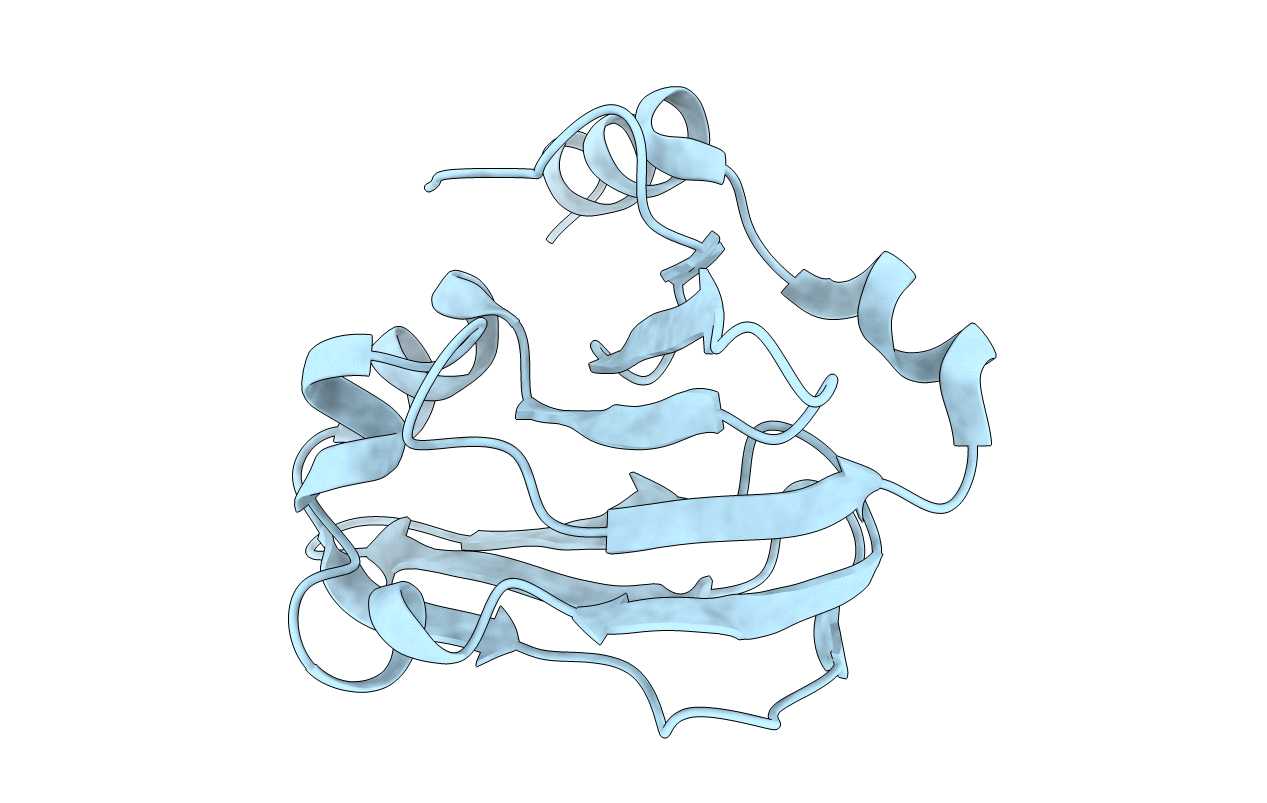
Deposition Date
2009-09-28
Release Date
2010-01-19
Last Version Date
2023-11-01
Method Details:
Experimental Method:
Resolution:
1.30 Å
R-Value Free:
0.20
R-Value Work:
0.17
R-Value Observed:
0.17
Space Group:
C 1 2 1


